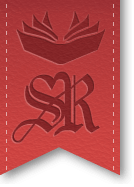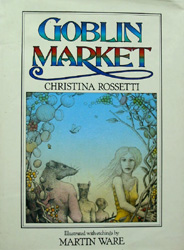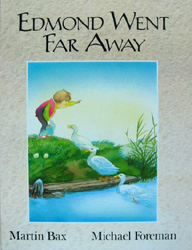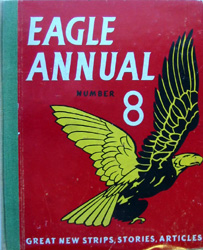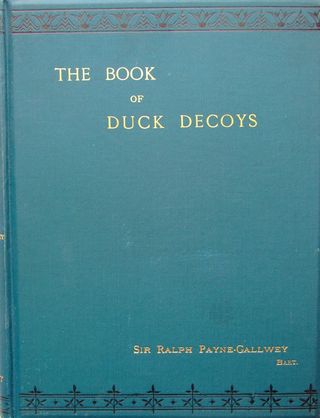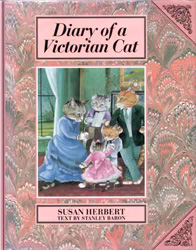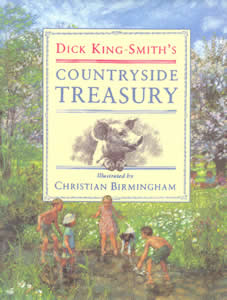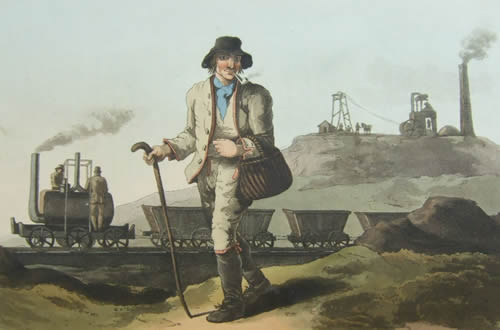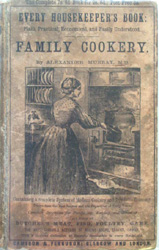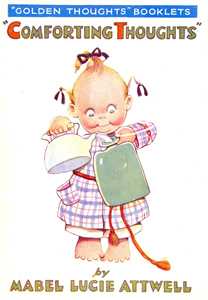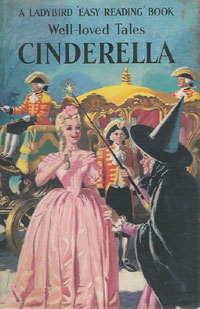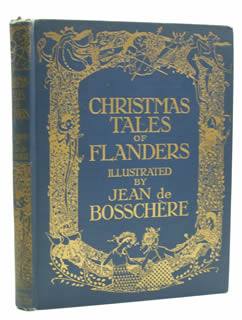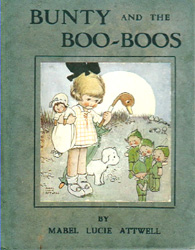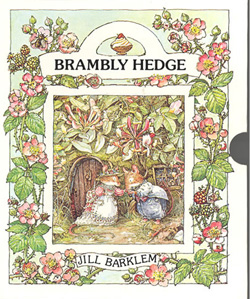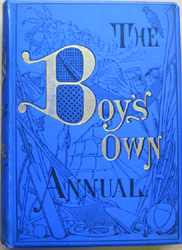Goblin Market by Christina Rossetti
Goblin Market - a familiar title but a poem that I knew only from my interest in the books illustrated by Arthur Rackham, of which Goblin Market is one. Having decided to write an article featuring this book I thought perhaps I'd better read the poem in its entirety. And what a surprise awaited me!
Goblins - the very word conjures up images of fairy tales, mythical little creatures, magical happenings. Goblin Market, published in 1862 and the longest of Christina Rossetti's poems, has enjoyed a reputation as one of the finest of children's poems and indeed Christina herself insisted that it was simply a fairy tale. However, the sensuous language used in the lengthy descriptive passages does give a somewhat different impression. But more of that later...
